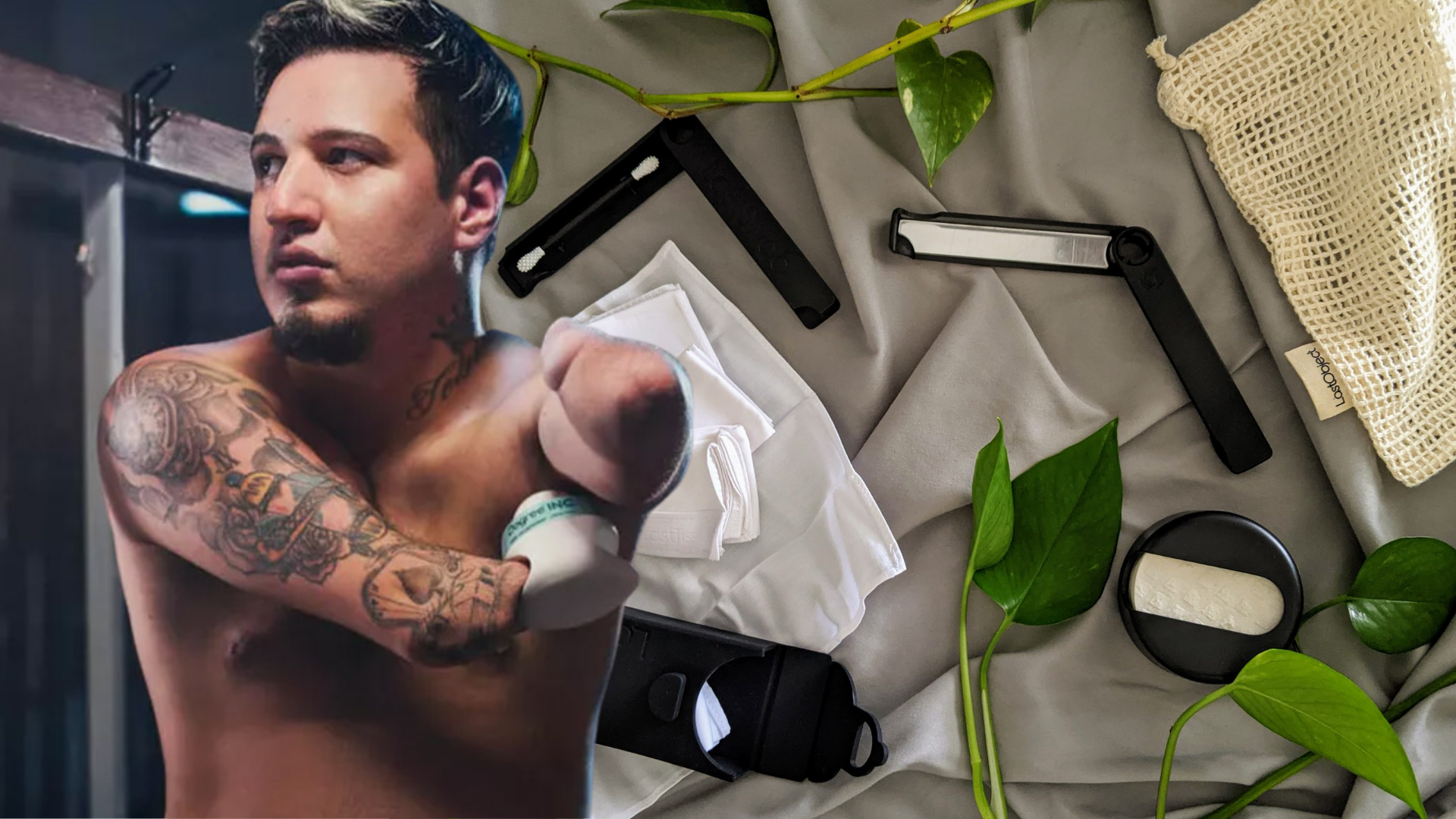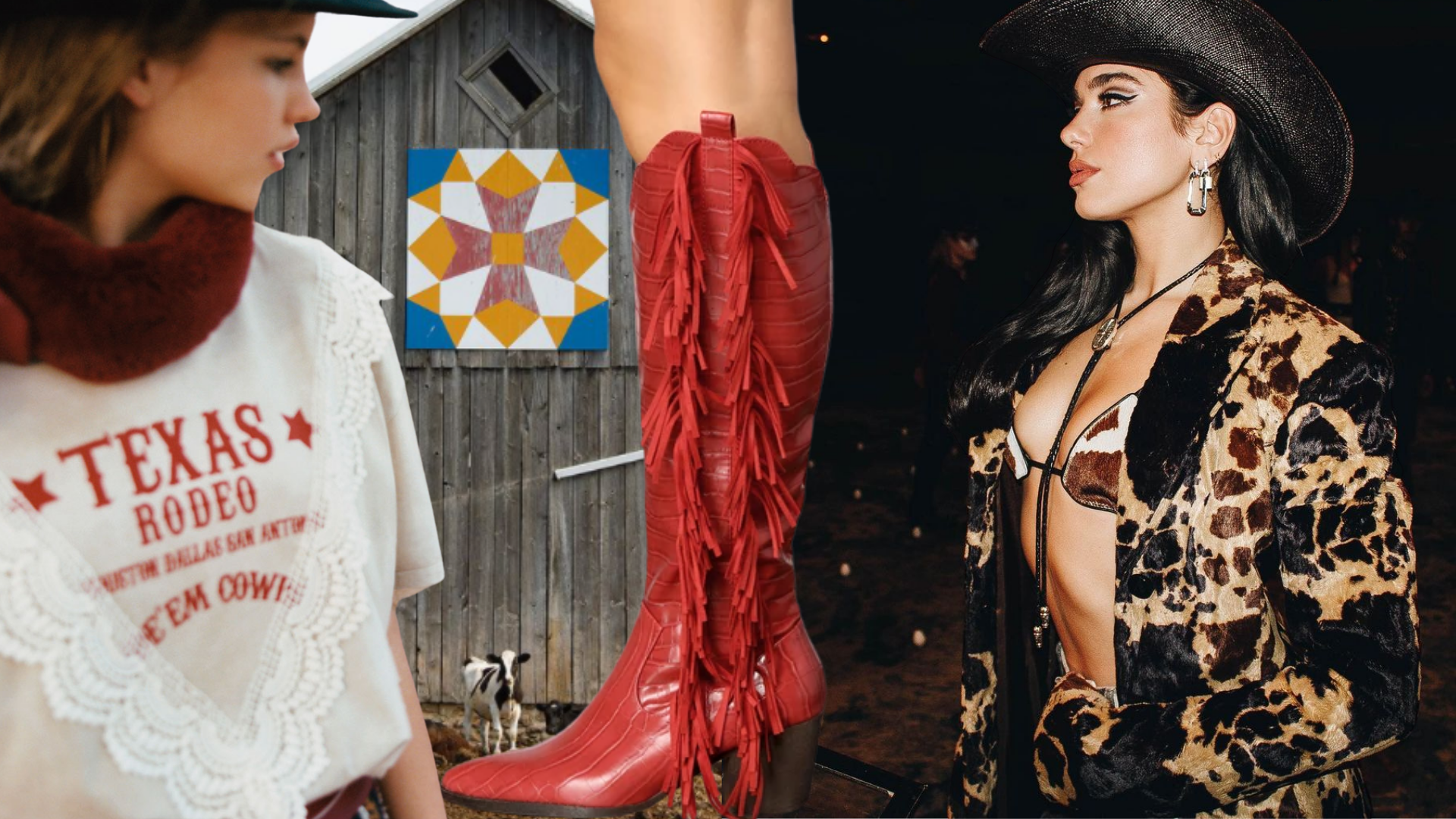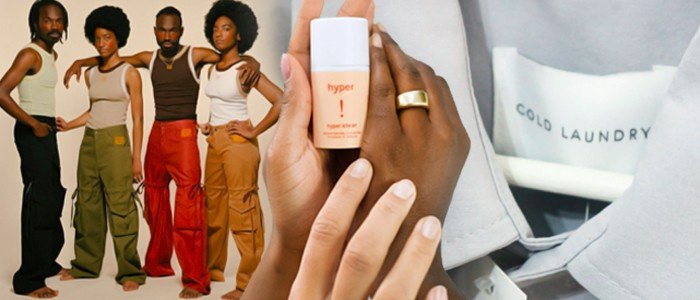2021 Macro Trend: Activist Economy
As we emerge from crisis, the identity of the nation, the brand, and the individual is quickly changing. In a series titled “USA: Can This Brand Be Saved?,” Fast Company recognizes that the challenges that America has faced recently–racism, climate change, income inequality, and political division, among others—have significantly diminished the American brand, and takes an in-depth look at what America’s brand is, how it’s changed over the past several years, and where it should go from here. But, America is not the only brand that’s changing. As consumers re-examine their priorities and shift their shopping habits to reflect their values, brands are being forced to adapt. According to a McKinsey survey, three-quarters of Americans changed their shopping behavior since COVID-19 began. Convenience and value are the main drivers of shopping behavior change; however, quality and seeking brands that match with consumer values inspired change for about 40 percent of younger consumers.
In an ongoing attempt to rebrand, Victoria’s Secret replaced their Angels with the VS Collective in June of this year. Famous for their abilities and achievements, this group of seven female role models–including Megan Rapinoe, Paloma Elsesser, and Priyanka Chopra Jonas–reflects the company’s new focus on “what women want.” Other brands, not in need of a complete overhaul, are reconnecting with their roots to solidify their positioning in the eyes of consumers. In July, Pyer Moss founder and creative director Kerby Jean-Raymond became the first-ever Black American designer to show at Paris Haute Couture Week. “Wat U Iz” celebrated Black American history and referenced everyday objects created by Black inventors.
The impending economic fallout of the pandemic makes brands’ responses to the changing consumer landscape that much more important. From the start of the COVID-19 crisis, it was apparent that marginalized and lower-income communities would be affected the most, but an array of new initiatives are striving to lessen the blow. LaToria Pierce is one of four entrepreneurs in the process of launching their own tech product to help cut down on excess costs of poverty for low-income individuals as part of the “Shared Prosperity Catalyst,” an 18-month venture initiative backed by Wells Fargo and ideas42. Pierce is developing a “shared job model,” in which two people, such as single mothers, would be able to share a single job role at a company, splitting the work for a more flexible schedule and a steady income. Bento, a platform that uses SMS text messaging to connect people with convenient, healthy, pre-paid meals from nearby restaurants, is looking to help the 50 million+ people in the United States currently experiencing food insecurity, while Hippy Feet, a sock and apparel brand, has introduced a Pop-Up Employment program that provides transitional jobs for over 120 homeless youth ages 16-24, with particular attention for people of color.
These brands are offering vital solutions to communities in need, and subsequently, catering to a new consumer that puts their money where their values are. In a research paper published by industry advocacy group, Fashion Roundtable in partnership with the All-Party Parliamentary Group for Fashion and Textiles, 91% of submissions stated that inclusivity within a brand would positively influence their purchasing choices. No longer shackled to the status quo, the next generation is leading an inclusivity movement that gives space to long underserved markets.
The Index Project, a non-profit that celebrates people using design to solve the problems that matter, is bringing innovation to the often ignored women’s healthcare industry. “I really believe that a product itself can change a system in a way that sometimes policy cannot,” says Antya Waegemann, founder of Margo, an Index Award finalist and company that aims to improve the experience of reporting and collecting evidence with a redesigned sexual assault evidence kit and an integrated digital platform that improves case management and tracking.
As the women’s healthcare industry undergoes a much-needed transformation, so too does the men’s beauty industry. Rapper Lil Yachty wants to remove the stigma around men wearing nail polish with his new brand Crete. The rapper believes that “there will come a day when people won’t gender accessories or clothes or makeup.” This statement is reiterated by a new wave of men’s beauty brands being introduced to the market. Estée Lauder is funding men’s makeup startup Faculty, Shiseido Men relaunched their skincare makeup lines, and Harry Styles recently registered for a new trademark for “wholesale perfume and cosmetics.”
These launches are in line with an overall trend toward gender neutrality. According to Vice, 41% of Gen Z identify themselves in the middle of the masculine to feminine scale, and 48% value brands that don’t classify by gender. The genderless movement is gaining traction online. Searches for “gender fluid” are +116% to last year, while searches for “gender-neutral” are +39% to last year. On TikTok, #genderless has 50 million views and counting.
The movement toward inclusivity is a necessary response for brands looking to future-proof their business. By instituting a value-first approach, they are able to disrupt outdated and broken systems while satisfying a new and evolving set of consumer needs and expectations.
Micro Trends
1. Rebranding Renaissance
“USA: Can This Brand Be Saved?” asks Fast Company in a series that takes an in-depth look at what America’s brand is, how it’s changed over the past several years, and where it should go from here. As we grapple with America’s changing identity, we must also rediscover who we are as individuals. Only heightened by COVID-19, issues like racism, climate change, income inequality, and political division have come to a head over the last several years. To navigate a post-pandemic future, brands must institute a value-first approach and satisfy a new and evolving set of expectations from consumers and employees alike.VS Collective via Shape Magazine
2. Equality Agenda
From the start of the COVID-19 crisis, it was apparent that the economic fallout would affect marginalized and lower-income communities the most. New initiatives strive to establish a more equitable future across industries. Brands would do well to start implementing equitable solutions as consumers and employees continue to adjust their behavior to align with their values. In the same paper by the All-Party Parliamentary Group for Textiles and Fashion, 91% of submissions stated that inclusivity within a brand would positively influence their purchasing choices and 88% said they were not represented in fashion campaigns, shoots, or on the catwalk. Inaction on social and cultural issues may no longer be an option for companies looking to attract the next generation.
3. Rebellious Inclusivity
No longer shackled to the status quo, the next generation is leading an inclusivity movement that gives space to long underserved markets. Inspired by this shift in behavior, brands are focusing on underserved markets and prioritizing inclusivity. Innovations in the healthcare, fashion, beauty, and technology industries will only continue to build a future that better represents the demographics and values of today’s consumers.
If you’re interested in the full Activist Economy report or want to learn more about trends that are growing — and dying, please contact hello@trendalytics.co


